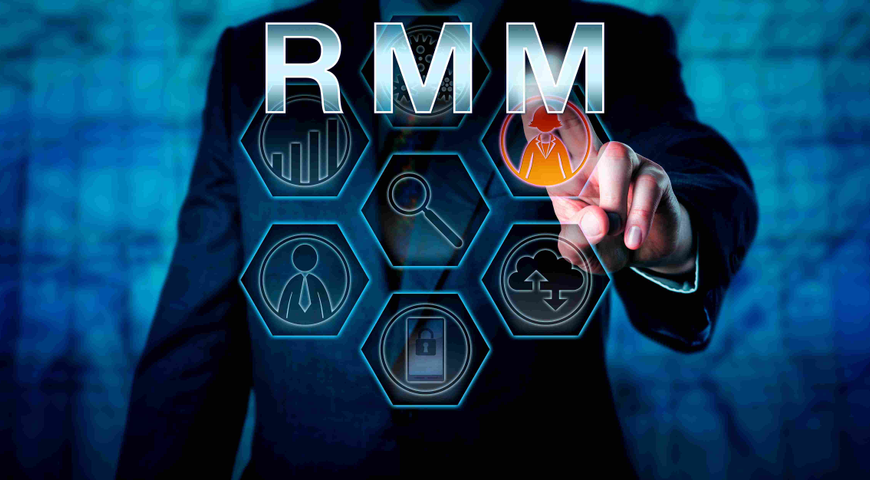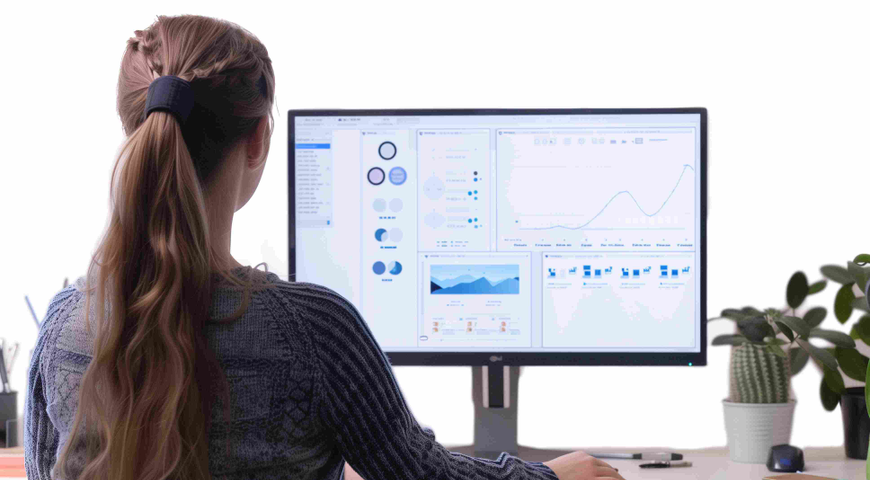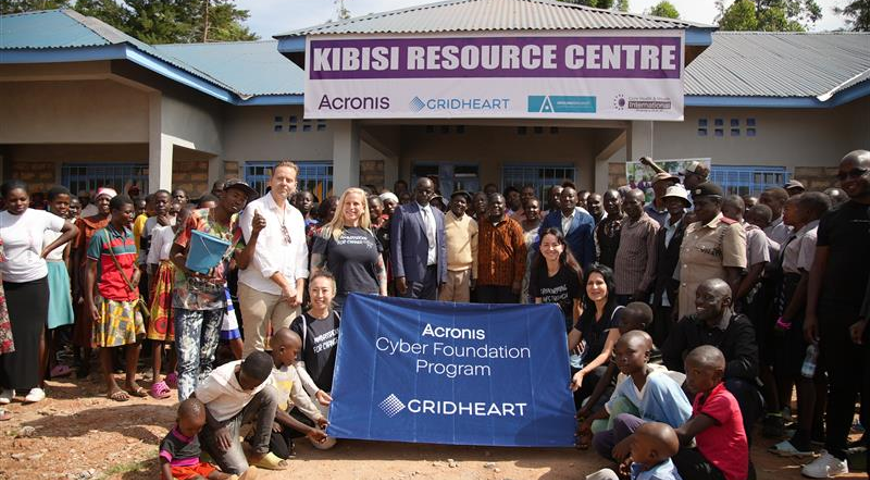The data protection lifecycle follows the life of a workload recovery point as it passes through protection and recovery facilities. The lifecycle is policy based, providing for flexibility in implementation and cost management across different systems. As data ages, the recovery requirements change and therefore the underlying capability of the system changes accordingly.
Note that the process of data protection is always linear according to the age of the recovery points, but is not constrained to any specific physical location and may be different for different systems and services. Mobility of workloads allows for the migration of systems according to their specific requirements. For example, it may make sense to temporarily provision systems within shared cloud data centers while they are being tested or engineered and then move them back to production resources. The combination of workload mobility and utility infrastructure has significant potential for increased productivity, reduced risk and lower cost.
Technical Considerations
The use of technology across data centers, and between organization and cloud infrastructure providers, needs to be compatible to facilitate ease of migrating workloads successfully. Since all workloads are virtualized, the underlying hardware is less important than the virtualization platform.
Application performance needs to be tested to ensure that high demand applications are provided with sufficient resources in the recovery facilities (local and remote).
The ability to test individual systems and the coordinated recovery of multiple dependent systems needs to be engineered into the system. Specifically, networking translations, service registration (Active Directory), connectivity (VPN or thin client) as well as network segregation of active systems in test mode need careful consideration.
All data centers should be provisioned as “inside the firewall”. Workloads and data cannot be migrated in encrypted form while still providing the recovery SLAs demanded by the organization. Remote cloud data centers need to be at least as secure as the primary facilities. Cloud vendor data center design needs to be multi-tenant and verifiably secure.
The specifics snapshot technology selected is less important than the comprehensive system design and facilities. Continuous data protection software (like other forms of backup) is mature and well implemented. For efficiency and cost containment it is important that all systems be protected across the data center.
Conclusion
Business drivers for a revision of the current approaches to backup and recovery could not be clearer. For many IT teams the status-quo has become unsustainable. For others the ability to make immediate improvements in service and recovery levels, combined with the burgeoning costs of backup, make a compelling case for change.
The solution is not a choice between vendors or software solutions, but rather a complete change in the paradigm of how backup and recovery should be engineered and implemented. The protection and recovery of data and systems should be considered as two parts to the same business problem. Protection of data needs to be engineered into data creation processes such that all data is always and continually protected. There is no time available for backup windows, or planned system downtime in the modern data center. Business users expect systems to “just work” including through failover events like power outages. For IT teams to deliver against these increasingly stringent SLAs, a systematic approach to the entire data center required.
The twin drivers of virtualization and multi-tenant cloud computing with utility capacity on demand provide unprecedented opportunity for IT teams to eliminate wasteful overprovisioning and get data protection costs under control. Data protection as a service, while complex to deliver, is not a useful differentiator between organizations. As such it should be considered beyond the mandate of the internal IT team who should select an appropriate vendor and refocus on more specific requirements of their organizations.
About Acronis
A Swiss company founded in Singapore in 2003, Acronis has 15 offices worldwide and employees in 50+ countries. Acronis Cyber Protect Cloud is available in 26 languages in 150 countries and is used by over 21,000 service providers to protect over 750,000 businesses.



